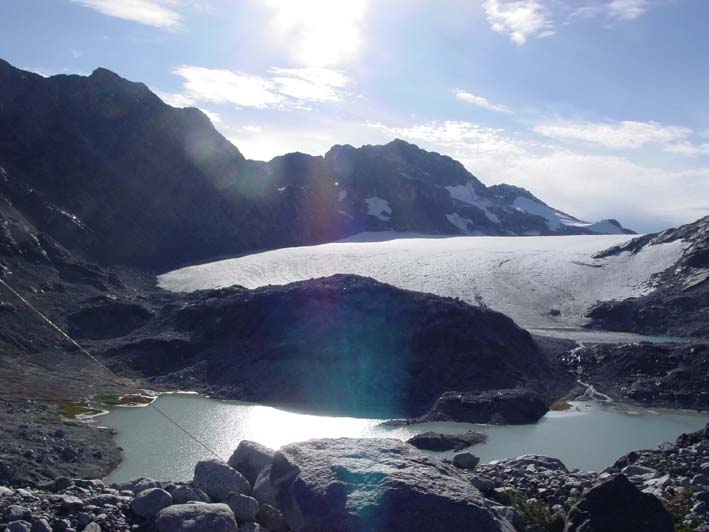Research projects - active
Stream temperature processes and modelling
|
Stream thermal regime is a critical control on fluvial habitat and aquatic ecology, and can be influenced by flow regulation and changes in land use/land cover and climatic variability and change. Current research is focused on the following topics:
|
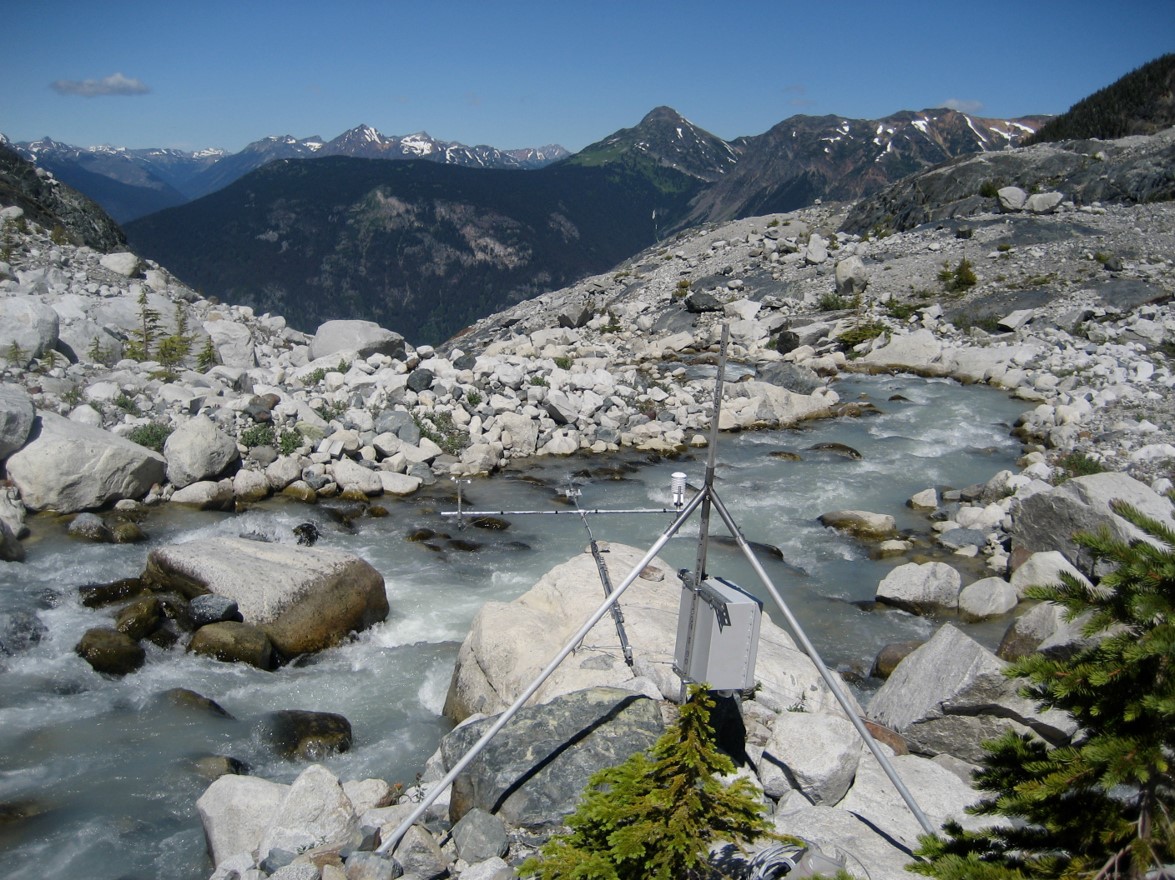
|
Proglacial and post-glacial landscapes in western North America
|
Glaciers throughout western North America have been retreating over the last century, with especially marked shrinkage during the last two to three decades. As glaciers retreat, they are exposing new landscapes, including lakes and streams. The shrinkage of glaciers, in combination with the dynamics and evolution of newly exposed landscapes, will have profound influences on the hydrology and habitat characteristics of downstream aquatic systems. My research on this topic involves (a) empirical analysis of hydroclimatic data, (b) computer simulation, and (c) field-based research. Field research focused on Bridge Glacier, as well as other sites in western North America, and particularly the southern Coast Mountains of British Columbia. This work is a continuation of research begun as part of the Western Canadian Cryospheric Network (WC2N), which was funded by the Canadian Foundation for Climate and Atmospheric Science. |

|
Effects of forest disturbance on streamflow and fish habitat
|
There has been long-standing concern about the effects of forest harvesting and natural disturbance on streamflow and fish habitat. Current projects include the following:
|
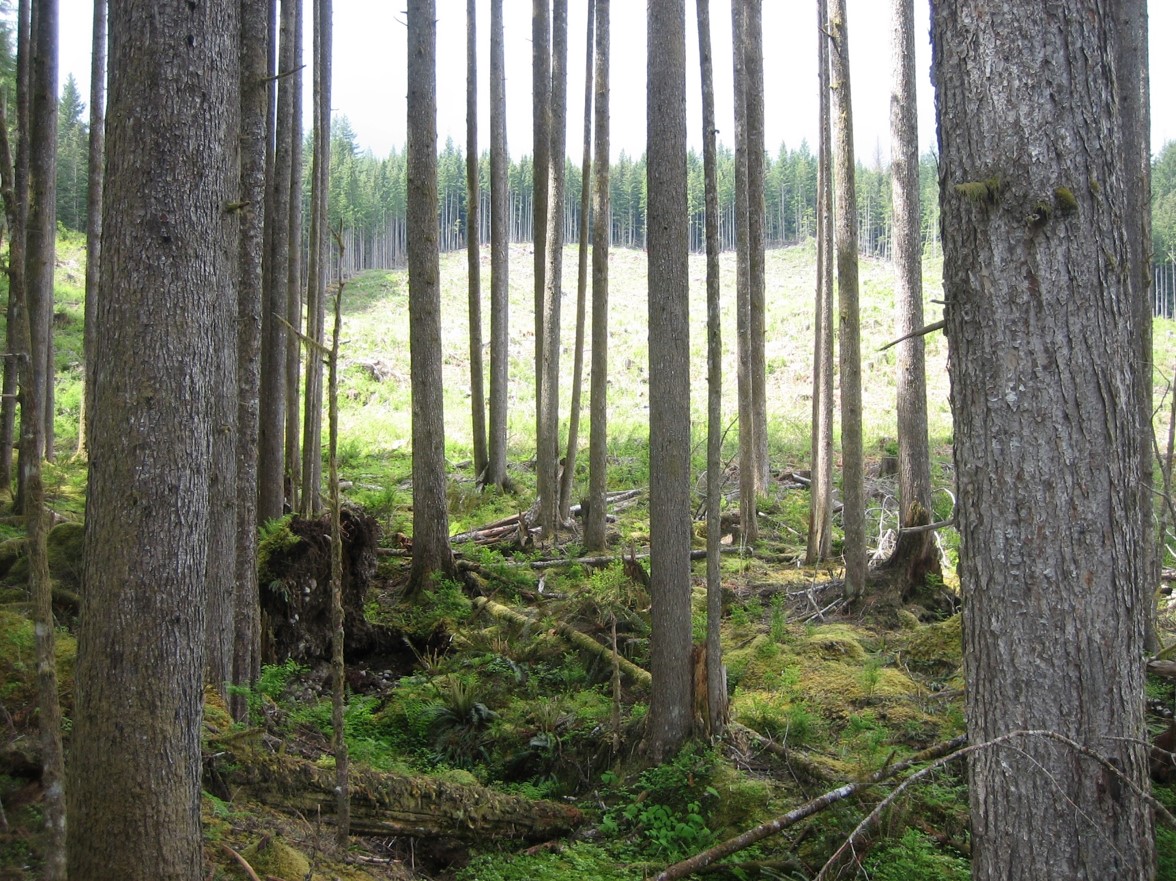
|
Burns Bog hydrology
|
Burns Bog is a 3000-ha raised bog located south of Fraser River, a large portion of which is currently managed as a regional park. As part of ongoing efforts to restore past impacts, we conducted field research on the hydrology of the bog, with the ultimate goal of developing a process-based distributed model. We are currently writing up the results of the project for publication. |
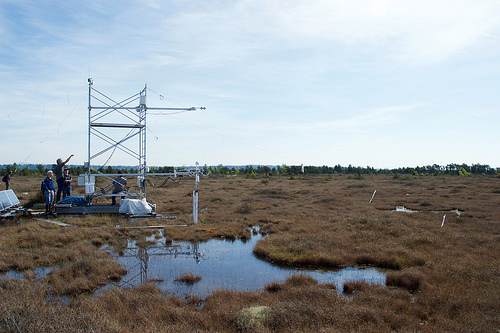
|
Research projects - inactive or winding down
Cotton Creek Watershed Study
|
The Cotton Creek Watershed Study combined process based field research with physically based modelling to gain an understanding of the changes in hydrological processes under different forest management scenarios. The research watershed was instrumented to enable the study of internal processes over various spatial scales. The goal is to provide new insights into how forest disturbance (harvesting, roads, Mountain Pine Beetle) influences catchment hydrogeomorphology. Although the field program has been discontinued, we continue to work on data analysis, albeit slowly. |
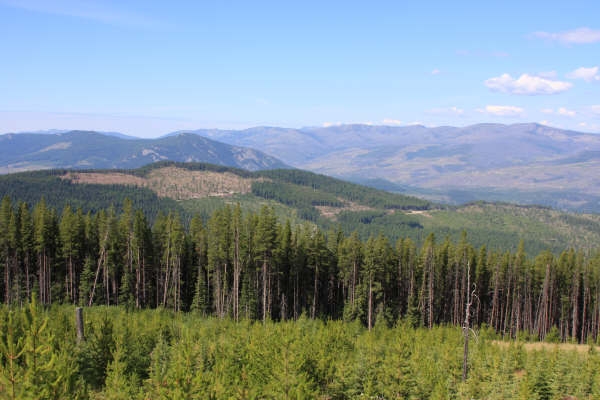
|
